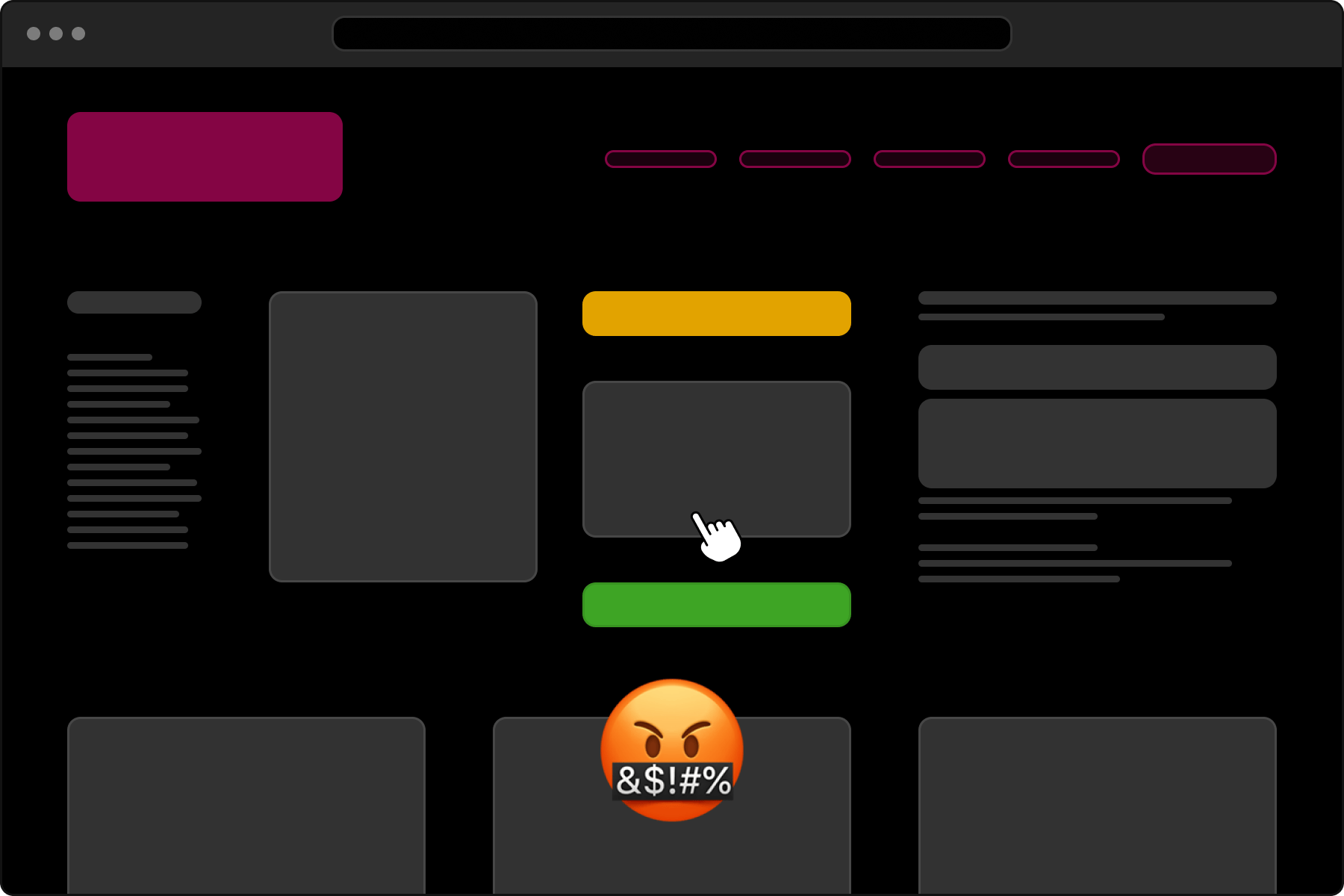
Remote First: Decentralized Working as a Business Strategy

As a lecturer at the Zurich University of Applied Sciences in Business Administration (HWZ), I (Karin) had the opportunity to contribute an article to the Yea(h)rbook 2018. Although I teach “Mobile Web Technology” in the CAS Mobile Business and Ecosystems at HWZ, I wanted to enrich the Yea(h)rbook with my thoughts on “Decentralized Working.”
Besides my article, the book addresses highly current topics of digitalization. From Blockchain of Things, through Branded Entertainment and Growth Hacking, to Private Banking 4.0. It can be ordered as an e-book or print version on the HWZ website. For my technical article, just keep reading.

The Office as an Obsolete Model
The era when a “workplace” was something an employer provided to its employees, because hardware and communication tools like telephones and meeting rooms were tied to a fixed location “the office,” is long gone. The traditional office is becoming obsolete. To meet the future, companies must rethink and redesign their structures today. Working in cafes, co-working spaces, or simply from home is becoming increasingly common. Companies are compelled to respond to this trend and adapt.
Unique workplaces, from gondolas as meeting rooms to slides for changing floors, are the current trend in the IT industry to make a company as attractive as possible to talented personnel. Employers like Google, Facebook, Airbnb, and GitHub in Silicon Valley have been showcasing this for years. Free lunches at the office and other benefits attract skilled employees and keep them in the office, that is, at work, for as long as possible. This trend is also visible in Switzerland. Web agencies, from small to large, design their office spaces to be as “hip” as possible, thereby providing their employees with an ideal working atmosphere. The goal is to make one feel at home.
I like the idea of a beautiful workplace and a good work culture, but does it really have to be tied to a specific location?
Time loss: commuting
Day in, day out, thousands of people commute to their places of work, only to head back home in the evening, all around the same time of day. During peak hours, space in public transportation and on the roads becomes truly uncomfortable.
Are you working already, or are you still commuting?
In 2016, 9 out of 10 employed individuals in Switzerland left their residential building to go to their workplace. This amounts to around 3.9 million people commuting. Commuting is time-consuming and ecologically questionable.
Commuters (1) 2016
| Number of commuters | 3,9 Mio. |
| of which between different municipalities | 71% |
| Average length of the commute (one way) | 14,8 km |
| Change since 2010 | +7% |
| Average time required for the commute (one way) | 30,3 Min. |
| Modes of transportation used (2) | |
| Car | 52% |
| Railway | 17% |
1) Employed individuals aged 15 and over who have a fixed workplace outside their residential building.
2) Proportion of commuters who use a specific mode of transportation as their main means of commuting.
Source: Federal Statistical Office – Commuter Mobility (PEND)
Commuting is time-consuming and ecologically questionable.
Why don’t we bring the work to the employees instead of the employees to the work?
Efficiency: the workplace
Meetings and managers are the primary reasons work doesn’t get done in the office. The farther away an employee is from meetings and managers, the more work they accomplish. Efficient working doesn’t happen at the workplace.
Have you finished for the day yet? Who hasn’t heard or even used this phrase themselves when a colleague leaves the office a bit earlier? Is it true that work only happens when sitting at the office desk? Aren’t the most creative ideas more likely to come while taking a shower, jogging, or folding laundry? In today’s era, where people highly identify with their work, managers should trust their employees enough and provide them with the necessary freedom to allow them to unfold their potential. After all, the work still gets done, even when employees are not on-site, perhaps even better.
The office is not necessary
Many Swiss companies, such as SBB or Swisscom, have already redesigned their office spaces so that not every employee can claim a workstation as their own. Space in office buildings is becoming scarce, and actual office places are becoming rare, leading to an increase in mobile workplaces. With today’s technology and communication tools, practically anyone can work from anywhere there is internet access.
However, remote work (hereafter called “remote”) usually fails because there is a core group of employees in the office who do not interact well with remote workers, or because managers cannot handle not being able to see their employees. Companies that operate on the traditional “business with office spaces” model and newly allow home office often remain trapped in their old structures. On-site employees verbally discuss important work steps among themselves and forget to document them, automatically excluding remote workers from important or even unimportant details. These remote workers then feel left out and isolated, potentially becoming unproductive.
However, if a company adopts a “Remote-First” principle and designs its structures from this perspective, I am convinced that communication for all employees as well as customers will become more efficient. The company will also face certain challenges and should consider the rules for the situation.
Communication: keep it centralised
In a typical office environment, it’s easy to walk over to a team colleague’s desk to ask a question or discuss a common topic. However, when you don’t physically see your team every day, communication can present some challenges. When working together, it is advantageous to provide employees with the necessary tools so that information is always centrally accessible. Software for project management and instant messaging through chat tools should be provided, but interpersonal communication should not be neglected either. Conversations that normally occur naturally must be organised accordingly in a remote team.
The same rules apply for communication with customers as for employees. In the best case scenario, all communication and information about the joint work should be collected in appropriate tools such as a project management tool (or software of your choice that is best suited for collaboration) by forwarding emails and other comments to these tools.
Time zones: Risks and opportunities
The new work opportunities may mean that employees are recruited who live in another country or that existing employees develop a taste for working from another country. For the company, this means that the team can work in different time zones. Asynchronous working can be very valuable for the company, because suddenly you don’t just have 8 hours of operation, but up to 24 hours. Well-utilised resources can make the company very efficient. However, this can also lead to inefficiency; asynchronous communication can also lead to waiting times until a team member receives a response, for example. Despite centralised storage of information, such real-time issues cannot be eliminated. In order to bridge such gaps and, above all, to keep the corporate culture together as well as possible, a certain block of time is needed within which people work together at the same time. In my experience, it is advantageous if the team has an overlap of around 4 hours per day. This allows information to be collected and distributed in real time. This also makes it easier to plan meetings (video conferences).
Face time: space for informal conversations
There are no natural “small talks” that usually happen in the corridor or at the coffee machine with remote teams. A remote team does not meet up unplanned and then talk about what they experienced at the weekend. In most cases, a remote team communicates mainly about work, as communication takes place in the context of work and in the corresponding online tools. However, such conversations are very important, especially to strengthen interpersonal relationships. Therefore, employees should be given space for such interactions, either in the form of regular team meetings (video conferences where you can see each other) or even “1:1 conversations” where two employees can exchange ideas with each other. This creates space for private and business discussions or simply to philosophise about a topic. Company outings or meetings where employees physically work together in one place are also important factors in strengthening team spirit. Depending on the size of the team, it is not absolutely necessary for everyone to work on the same project, because just being together is enough. From experience, a purely remote team should meet at least 2-4 times a year and spend a few days together each time. Dedicated chats can also provide space for such informal discussions. For example, you can offer group chats in which employees can share links to TV series, articles, etc. that are worth watching. These chats provide the necessary space to create information outside of projects or work.
In the past, being present at the traditional workplace also meant that working hours were fixed. Today, people are “always on” and willing to do their work on the move. Work and leisure time are merging. This can have both positive and negative effects. Working remotely makes it easier to complete tasks during the day, such as laundry or official business, which are tied to conventional opening hours. However, it also often happens that employees remain available – even when they are ill – and therefore do not recover sufficiently. We generally see this type of behaviour in our modern society. As a company, you can and should sensitise your employees to take breaks. It often helps if employees are given a structure so that a certain routine is established, because everyone needs a routine. Some need a little more, others a little less. I myself am certainly one of those who prefer less routine, but I also realise that a structured daily routine is good. As long as I can organise it freely.
Company: remote only
Remote working is not for everyone, so it’s important for companies without office space to hire the right people. Those who know self-discipline and can organise themselves. Others may be out of place in a purely remote team or should at least be given special support. Companies that provide office space should give employees the choice of where to work.
Larger companies such as Auttomatic, the company behind WordPress.com, or Bascamp, the company that has evolved from an agency 37Signals into a product company, show, among other things, that remote working without office space also works with over 100 employees. There are books about both companies and their processes, in which everyday remote working is described in detail. For example, after their successful book Rework, Basecamp wrote the book Remote, in which they give valuable tips that I also found myself and my company in. The American author Scott Berkun, who led a young, innovative team at Auttomatic for a year, recorded all his experiences in his book Year without Pants: Working from home anywhere in the world.
Conclusion
For exactly the same reasons that we choose the “mobile-first” approach when designing digital products, we should also opt for the “remote-first” approach when structuring or reorganising our company or team. Because when designing digital interfaces with the mobile-first approach, we are forced to focus on the most important things, as space is scarce. If companies structure all the necessary tools and communication rules as if the office did not exist, I am convinced that working both inside and outside the office will be easier and more efficient, ultimately making the entire company more successful.
Sources:





